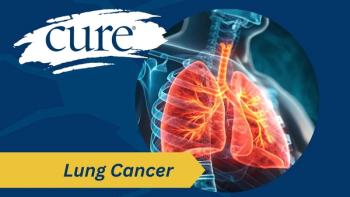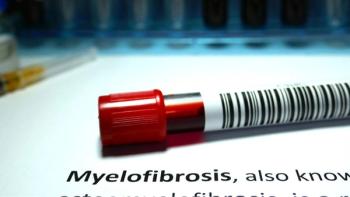
Shifting Thoughts About Pinktober and Breast Cancer Education
My view on Breast Cancer Awareness month — aka “Pinktober” — shifted after my daughter was diagnosed.
Before my 27-year-old daughter was diagnosed with breast cancer, I saw only the positive aspects of Breast Cancer Awareness Month.
The pink ribbon was a reminder for women of all ages to check their breasts, to schedule mammograms they had been putting off, to make sure the public did not forget that 1 in 8 women will be diagnosed with breast cancer in their lifetimes.It’s important to point out that fact so that if there are eight women in a room, the one who gets diagnosed could be you.
However, I think that marketing teams lost a great opportunity in not highlighting a very important piece of information that might make more people sit up and pay attention. It’s certainly not something I was “aware” of despite having regular mammograms, some of which were suspicious, for several years.
Breast cancer won’t kill you if it stays in the breast.
I remember the first time I read that. I opened my laptop and put that statement into the search window to see what exactly the writer was talking about. I am not sure how, exactly, I thought women died from breast cancer, since breasts aren’t an organ that humans can’t live without, but I know that the term metastatic breast cancer was not in my vocabulary.
It sure is now.
I read so many stories of women, young women, whose first breast cancer experience is when it has already metastasized. And once the cancer cells have hit the road, there is no magic bullet. Taking off one or both breasts will not stop the beast. Surgeries on other areas of the body may lessen the impact of tumor growth but for many there is no surgical intervention that will help.
The sad truth is that for women with this diagnosis, the goal is not to cure but rather to buy as much time as possible.
Women with metastatic breast cancer go through treatment after treatment because eventually, and no one can determine exactly when or why, the current regimen will stop working and the cancer will grow or spread again. Each life-prolonging option brings with it a host of side effects that must be managed and some of them are simply awful. Losing the feeling in your hands and feet. Nails falling off. Vomiting and diarrhea. Bone pain that keeps you up at night. Repeated hair loss. Fatigue so profound that normal functioning becomes impossible. Chemically induced menopause. The list goes on and on.
If my daughter’s cancer recurs, the strong likelihood is not that it will return to her breast. Statistically, it is more likely to present itself somewhere else in her body, which means that if it comes back, the path she will be walking down will at some point end in an office with someone telling her there is nothing more they can do.
This is where my shift in thinking about Pinktober happens.
I understand that the initial campaigns were critical to the idea that early detection of breast cancer saves lives. The points I make above about metastatic breast cancer support that completely and I am not arguing that it does make a huge difference. But if we really want to make it a priority, then breast checks should become part of health class in the school systems for both girls AND boys, because men get breast cancer, too.
Once breast checks are normalized, let’s take all the money we spend on pink socks or t-shirts or pencils or whatever pink ribbon fill-in-the-blank marketing materials people use to profit off the backs of breast cancer patients and direct it towards research that will offer a cure to those for whom early detection is a step too late. Because here’s how this works: if they find a cure for metastatic breast cancer, then they can find a cure for cancer that has stayed in the breast, too.
Seems like a win-win to me.
For more news on cancer updates, research and education, don’t forget to




